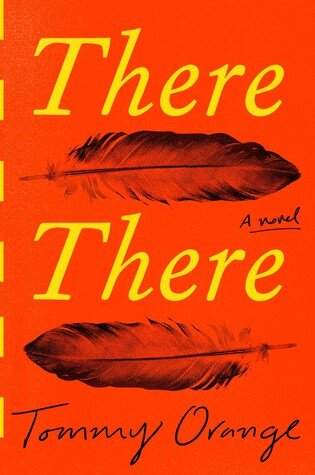Atanarjuat: The Fast Runner (2001): directed by Inuit filmmaker Zacharias Kunuk and produced by his company Isuma Igloolik Productions. It was the first feature film ever to be written, directed and acted entirely in the Inuktitut language.
Based on an ancient Inuit folktale, Atanarjuat (The Fast Runner) is the first Inuktitut-language feature film ever made. A critically-acclaimed commercial success, it won numerous awards worldwide, including the Camera d’or for best first feature at the Cannes Film Festival and five Genie Awards, including Best Screenplay, Best Direction and Best Motion Picture, as well as the Claude Jutra Award (now the Canadian Screen Award for Best First Feature). It is widely considered one of the best Canadian films ever made, and in 2015 was ranked No. 1 of all time in a poll conducted by the Toronto International Film Festival.
At the dawn of the first millennium, the arrival of a mysterious shaman upsets the natural balance in a community of nomadic Inuit, resulting in the murder of the camp’s leader. Years later, power in the community begins to shift when the tribe’s two best hunters — the brothers Amaqjuaq, the Strong One (Pakak Innuksuk), and Atanarjuat, the Fast Runner (Natar Ungalaaq ) — innocently provoke the new chief’s son, Oki (Peter-Henry Arnatsiaq). After Atanarjuat wins the hand of Oki’s promised wife, the beautiful but flirtatious Atuat (Sylvia Ivalu), in a head punching duel, Oki vows revenge.
When Oki and his friends attempt to kill the brothers in their sleep, Atanarjuat miraculously escapes, running naked for his life across the spring sea ice and eluding Oki with supernatural assistance. He is taken in and nursed back to health by an elderly couple who fled the cursed tribe years earlier. With their guidance and assistance, Atanarjuat regains his spiritual strength, avenges his brother's death and brings harmony back to the tribe. The first feature film written, produced, directed and acted by Inuit, Atanarjuat (The Fast Runner) was shot on widescreen digital betacam over six months with a budget of $1.9 million. Igloolik Isuma Productions — led by writer-director Zacharias Kunuk and New York-born cinematographer Norman Cohn — had been producing award-winning, community-based media in Nunavut for more than 10 years. They began in 1998 to adapt the ancient folktale of Atanarjuat, recording eight elders telling the story as it had been passed down to them by their ancestors. These accounts were combined into a single detailed treatment in Inuktitut and English, then adapted into the various drafts of the screenplay by Paul Apak Angilirq. He consulted with community elders and Toronto-based story consultant Anne Frank before passing away in December 1998.
All props and costumes were made by Inuit artisans in accordance with traditional methods. Co-produced through the National Film Board’s Aboriginal Filmmaking Program, the film was transferred from betacam to 35mm for its theatrical release. It was the first film of Igloolik Isuma’s Fast Runner Trilogy, which also includes The Journals of Knud Rasmussen (2006) and Before Tomorrow (2008).



















